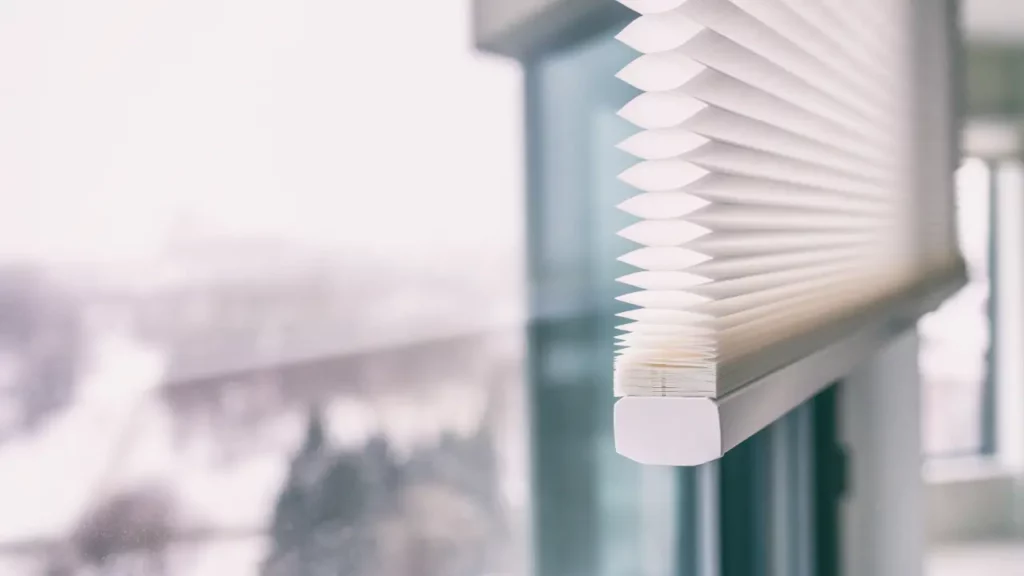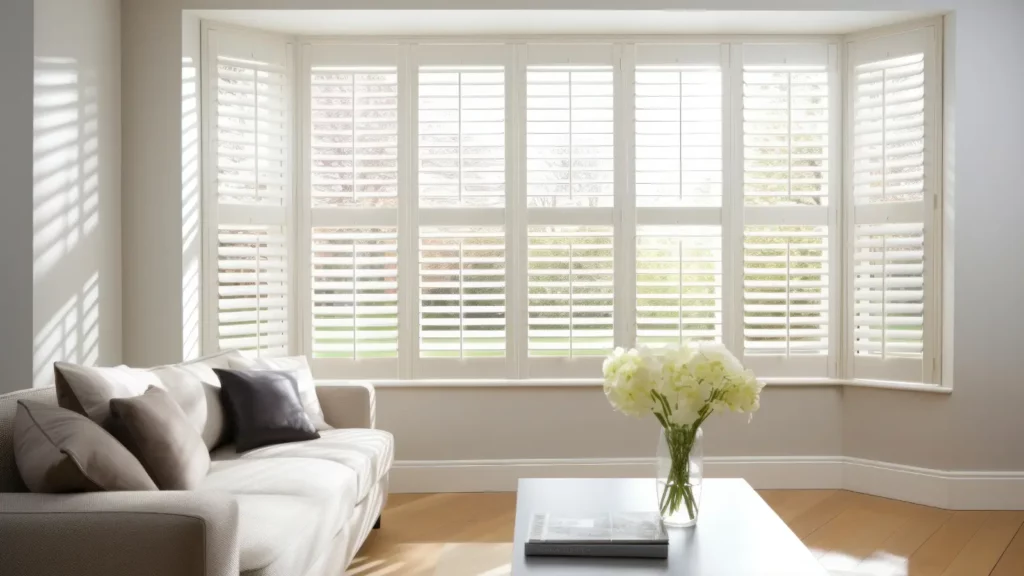SunScreen® Dramatically Reduces the Wachovia Building’s Cooling Costs

SunScreen solar screening has dramatically reduced cooling costs for the Wachovia Building, an 11-story office building in Fayetteville, North Carolina. Building Manager Bill Highsmith said energy costs have been cut by approximately $3,000 per month since SunScreen was installed in mid-1990. In addition to saving energy, the 800 charcoal SunScreens give a distinctive and uniform appearance to the exterior of the building.
Solving Heat Gain Problems
“The difference in the building’s comfort level is unbelievable,” Highsmith said. “Before SunScreen was applied to the windows, it was impossible to maintain a cool indoor temperature. The 109,000-square-foot, all-glass building gained heat steadily throughout the day, reaching the rate of 10 degrees per hour from 3 p.m. to 6 p.m. Around 40 tenants per day called Highsmith complaining about the heat.”
Built in 1974, the Wachovia Building experienced these extreme heat gain problems until SunScreen was installed. Highsmith said, “No one took sunlight and heat gain into consideration during construction. The north side sees no sunlight, and therefore, it would sometimes be 65 degrees on one side of the building and, 125 feet away on the other side, it would be 100 degrees.”
Wachovia has main and backup cooling units. Prior to the SunScreen installation, the backup unit was running 5-7 hours per day, and the building was still not cool. Building management worked with the system for years trying to solve the heat gain problems, said Highsmith, but nothing was successful. They even installed an entirely new HVAC system that proved useless as well.
“Applying something over the windows was our last resort,” Highsmith said. “We accepted bids on all types of sun control products, including everything from SunScreen to window film, and I’m sure we made the right choice. Temperature complaints are nonexistent now, and the energy savings have been tremendous.”
Problems with Protective Films
The main reason Highsmith decided against film was because it is applied directly to the inside of the window glass, allowing heat to pass through the glass, overheating the surface and letting much more heat pass through to the interior than SunScreen allows. In addition, films tend to cause glass breakage by permitting heat to pass through the glass once, hit the film, then reflect back through the glass a second time, causing it to heat doubly and break. Also, Highsmith felt that the building tenants might scratch the film and ruin its appearance. Because SunScreen is applied exterior to the window glass, Highsmith avoided both of these problems.
Highsmith had seen SunScreen applied to other Fayetteville buildings with good results. The post office next door to the Wachovia Building experienced heat gain problems similar to those he was fighting, and when SunScreen was applied there, the heat gain problems were eliminated. Highsmith felt if it worked on the small windows of the post office, it would work on the hundreds of large windows in his building, he said.
When Craige Faircloth of Solar Shading Systems, Raleigh, North Carolina, presented SunScreen as a solution to his problem and supported his product claims with BTU light meter tests, Highsmith accepted the bid. Faircloth said, “The customer seems very happy with the fabric and service and has been able to completely shut down one cooling system.”
The special ribbed weave of SunScreen blocks and dissipates 70 percent of the sun’s heat before it touches the glass surface. The vinyl-coated fiberglass fabric reflects a portion of the sun’s rays and absorbs the rest, keeping windows and interiors cooler.
Faircloth screened windows on all four sides of the building for appearance’s sake. Even though the north side did not experience as extreme heat gain problems as the others, it has benefited from the SunScreens as well, said Highsmith.
SunScreen is mounted in Solar Shading Systems’ QuickRelease lock rail framing system, which is an extremely heavy-duty tension frame. A top and bottom rail stretch the fabric across the window and keep it just above the glass to allow for ventilation. This helps prevent heat buildup and keeps the window cooler, said Faircloth.
Solar Shading Systems fabricated 800 screens, measuring approximately 57″ x 94′, and finished installing them in September 1990. Faircloth has received nothing but compliments on the appearance of the building. The best thing about the project, he says, is that he was able to install a sun control system that solved the building’s energy problems while improving its exterior appearance.
SunScreen Pays for Itself
Faircloth says his shading systems will pay for themselves in five years. For instance, the Wachovia Building is saving $3,000 per month in cooling costs, and in five years the savings will be up to $180,000, which is much greater than the cost of the screens. And as an added benefit, building owners and managers can lease shading systems and deduct from taxes the full amount paid in leasing fees during the first year. Faircloth said leasing shading systems is better than buying them because when you buy, that constitutes a building improvement, which is not deductible in the first year.
Highsmith agrees with Faircloth in that leasing screens is much more beneficial than actually purchasing them. Highsmith said he is leasing the SunScreens with a finance charge attached and will make one balloon payment at the end of the lease. “Leasing is the only way to go,” he said.
In less than five years, the Wachovia Building will have its own shading system, paid for in full. In the meantime, building management is enjoying fabulous energy savings and, because of SunScreen’s durability, will enjoy these savings for many years to come.
Case Study from Phifer Inc.
® SunScreen is a registered Trademark of PHIFER INCORPORATED.


